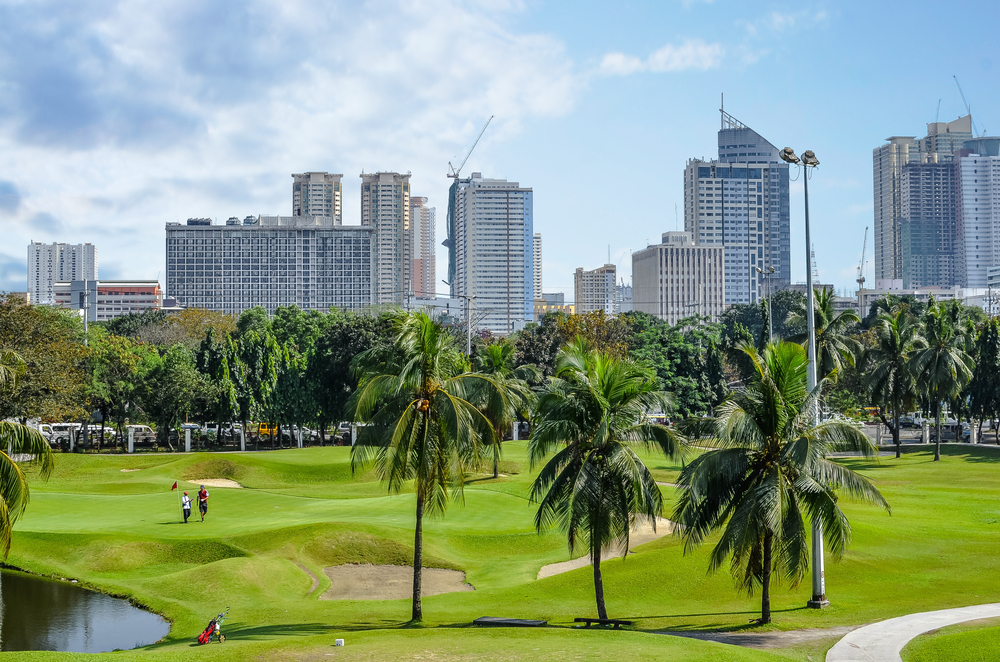Why are green buildings considered lucrative investments in emerging markets?
The Philippines is just starting to realise the value of sustainable developments, here’s why you should consider this investment

According to a study by International Finance Corp. (IFC) titled Green Buildings: A Finance and Policy Blueprint for Emerging Markets, the developers in the Philippines and other emerging markets who are willing to go green can get a hefty paycheck since it is valued as a USD24.7 trillion profitable investment, reported Business World.
“The estimated USD24.7 trillion investment potential in green buildings between 2018 and 2030 in emerging market cities is due to the sharp increase in building construction expected over the next few decades and the opportunity to ensure these are built green,” explained the IFC in their report.
“This amount reflects the investment opportunity created by fully achieving explicit and implicit urban green buildings-related policies and targets set by local and national governments in emerging markets until 2030,” they added.
Aside from the standards imposed by the government, small- and medium-sized developers will still encounter financial barriers in completely going green as sustainable solutions do come at price.
Fortunately, the United Overseas Bank (UOB) and other banks across the region have started offering green loans in the least problematic manner so they won’t get discouraged. And since massive corporations most likely have already implemented green practices in their ESG principles, this option will further boost the confidence of smaller companies.
As for developers who do decide to go green in the East Asia Pacific region, the study revealed that the investment opportunity there is valued at about USD16 trillion.
Meanwhile, the most lucrative opportunity in emerging markets is the residential sector, which is worth around USD15.7 trillion until 2030, followed by the commercial sector at USD9 trillion.
As per the report, the investment potential in residential green buildings is mostly fuelled by the consumers’ increasing demand for housing, the authorities’ collective attempts to meet these housing demands and the sectors’ insufficient funding when it comes to energy-efficient solutions.
At present, residential buildings represent almost 75 percent of energy use by buildings in general, but only half of the energy-efficient investments.
As for commercial green buildings, the demand is expected to surge, driven by heightened competition for tenants and tighter standards.
The study defines green buildings as those “certified as green under one of the internationally recognized certification standards or an approved national standard, and at least 20 percent more energy efficient than a baseline building without energy-efficient design.” These developments must also be able to chronicle impact metrics, like water and energy savings.
Green buildings, which can be seen as a costly investment, enable developers to save as much as 0.5 to 12 percent in extra fees. Compared to regular buildings, these are more efficient for it can help boost their revenue, reduce their operating costs and minimise exposure to transition and physical risks introduced by climate change.
More: Urban buildings: the cause of pollution and the ultimate solution
“[Such] factors can increase the valuation of green buildings, making them stronger credit assets and better collateral,” said the IFC.
When it comes down to sales premiums of green buildings, developers can charge higher for about 31 percent or more. Best of all, these developments get higher occupancies and can produce higher rental income, while keeping operational fees at about 37 percent or lower than regular buildings.
Among the few green buildings who are taking advantage of this venture in the Philippines is ArthaLand Century Pacific Tower (ACPT) by ArthaLand Corporation, our Best Commercial Green Development (Asia) regional winner at the 14th PropertyGuru Asia Property Awards Grand Final, and the Best Green Development winner at the 7th PropertyGuru Philippines Property Awards 2019.
ACPT is the first developer in the Philippines to have received the EDGE (Excellence in Design for Greater Efficiencies) Zero Carbon certification. Previously, they were also accredited for the LEED Platinum and BERDE 5-star certifications.
Know of any award-worthy homes, condos, flats, or other real estate projects in the Philippines? Nominate them for the 8th Philippines Property Awards on or before 29 May 2020! Simply visit https://www.asiapropertyawards.com/award/philippines-property-awards/ for more details.
Recommended
Why everyone is moving to Selangor and Johor: Malaysia’s real estate comeback
Malaysia’s upturn in fortunes is especially prevalent in secondary destinations such as Selangor and Johor
Penang’s silicon boom: How the US-China tech war is supercharging local real estate
Penang’s booming semiconductor industry has created ripples within the local real estate sector
New leader, new opportunities: How Hun Manet is shaking up Cambodia’s real estate game
Hun Manet is overseeing decent economic growth and widening access to the country’s real estate market for foreigners
Singapore embraces inclusive housing reforms amid resilient demand
The Lion City’s regulatory strength continues to exert appeal for international investors








